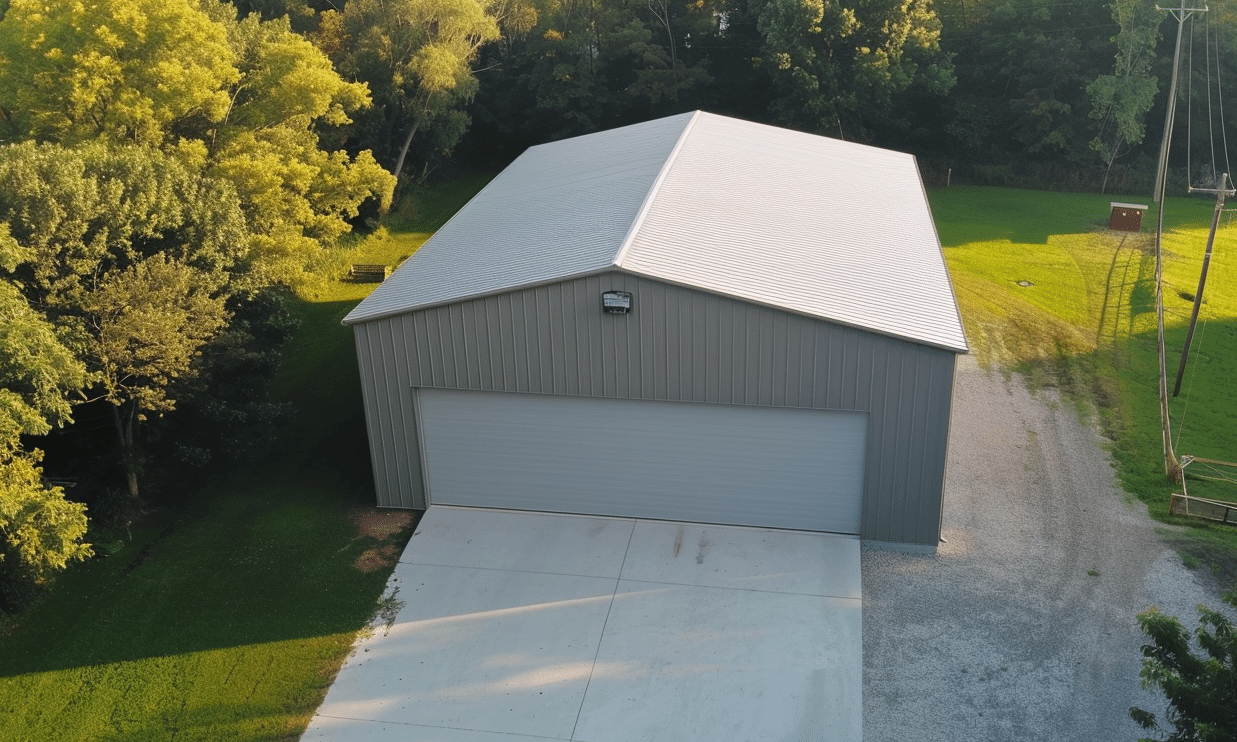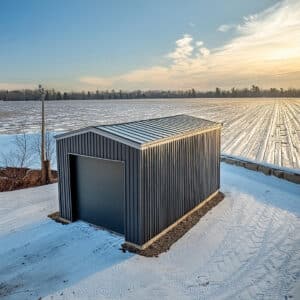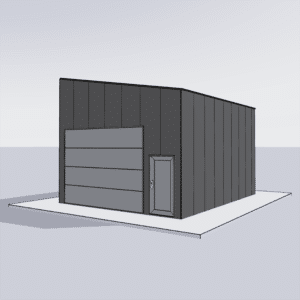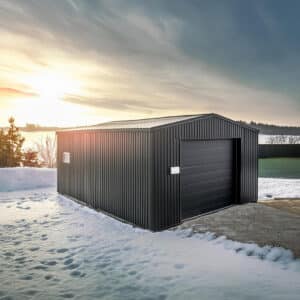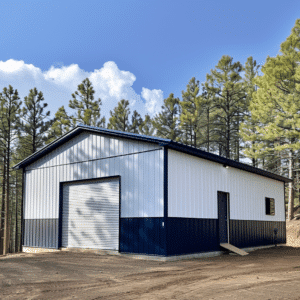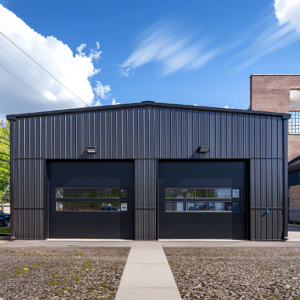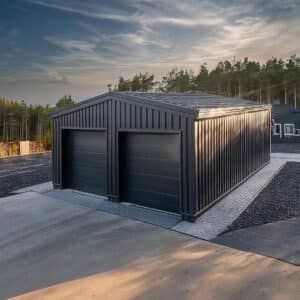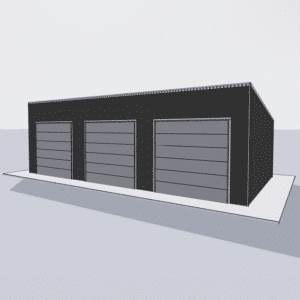Understanding Regional Steel Building Availability
In recent years, the dynamics of steel supply & demand have been drastically shifting, particularly affecting regional steel building availability. Have you ever wondered why steel buildings are more prevalent and accessible in some regions than others? This disparity can significantly impact construction timelines, costs, and the feasibility of projects across different areas. Understanding these differences isn’t just for industry experts; it’s crucial for anyone involved in construction, from architects to investors.
The Ever-Changing Dynamics of Steel Supply & Demand
It all boils down to the intricate balance of supply & demand trends. Let’s delve into how this economic model influences steel availability. In general, high demand in a specific area leads to increased prices and a need for effective resource allocation. Conversely, oversupply can cause a downturn in prices, which may be frustrating for steel producers but beneficial for end-users seeking more affordable construction options.
For instance, if a region experiences an infrastructure boom, the demand for steel buildings skyrockets, causing a ripple effect throughout the local economy. Steel production must adapt quickly to meet this demand; otherwise, you may encounter project delays or inflated costs.
Tracking Regional Differences in Steel Building Availability
Each region has its own unique set of factors that contribute to steel building availability, ranging from industrial capacity to logistical challenges. According to the regional steel building availability, factors like proximity to steel manufacturing plants and supply chain efficiencies play significant roles.
Additionally, environmental regulations, such as those discussed in our Steel Environmental Policies, can differently affect construction timelines and material availability. For example, areas with more stringent environmental controls may face additional delays or increased steel prices due to the cost of compliance.
Analyzing the Impact on Builders and Buyers
For builders and architects, understanding Steel Building Industry News & Updates can provide a competitive edge. Knowledge of regional steel supply & demand fluctuations helps in planning and budgeting. It also makes the bidding process more accurate and transparent, leading to better client relationships.
As a buyer, considering Local Steel Building Calculations can offer insights into how steel costs could affect your project. By taking into account regional supply, builders can avoid potential pitfalls such as unexpected cost increases or supply shortages.
Strategies for Navigating Supply and Demand
To successfully navigate the complexities of regional steel supply & demand, consider adopting a flexible approach. This might include sourcing steel from multiple suppliers to diversify risk or exploring alternative materials should steel become scarce or exorbitantly priced. Educating yourself about industry trends and staying updated with the latest news can also empower you to make informed decisions, ensuring your projects remain on schedule and within budget.
Furthermore, collaborations with local suppliers can provide insights into potential disruptions and emerging opportunities. By building strong relationships with your supply chain partners, you can secure better deals and also gain early access to new resources or technologies.
Conclusion: Preparing for the Future of Steel Construction
Understanding the nuances of steel supply & demand and their impact on regional steel building availability is increasingly critical in today’s competitive construction landscape. By integrating knowledge from industry updates and adopting strategic planning, builders and buyers alike can navigate these complexities more effectively.
Ultimately, being prepared for fluctuations in the steel supply & demand landscape will enable you to capitalize on opportunities and mitigate potential risks, setting a course for successful and sustainable construction projects. As we continue to track these regional differences and understand their implications, the future of steel construction looks not only promising but also brighter than ever.


